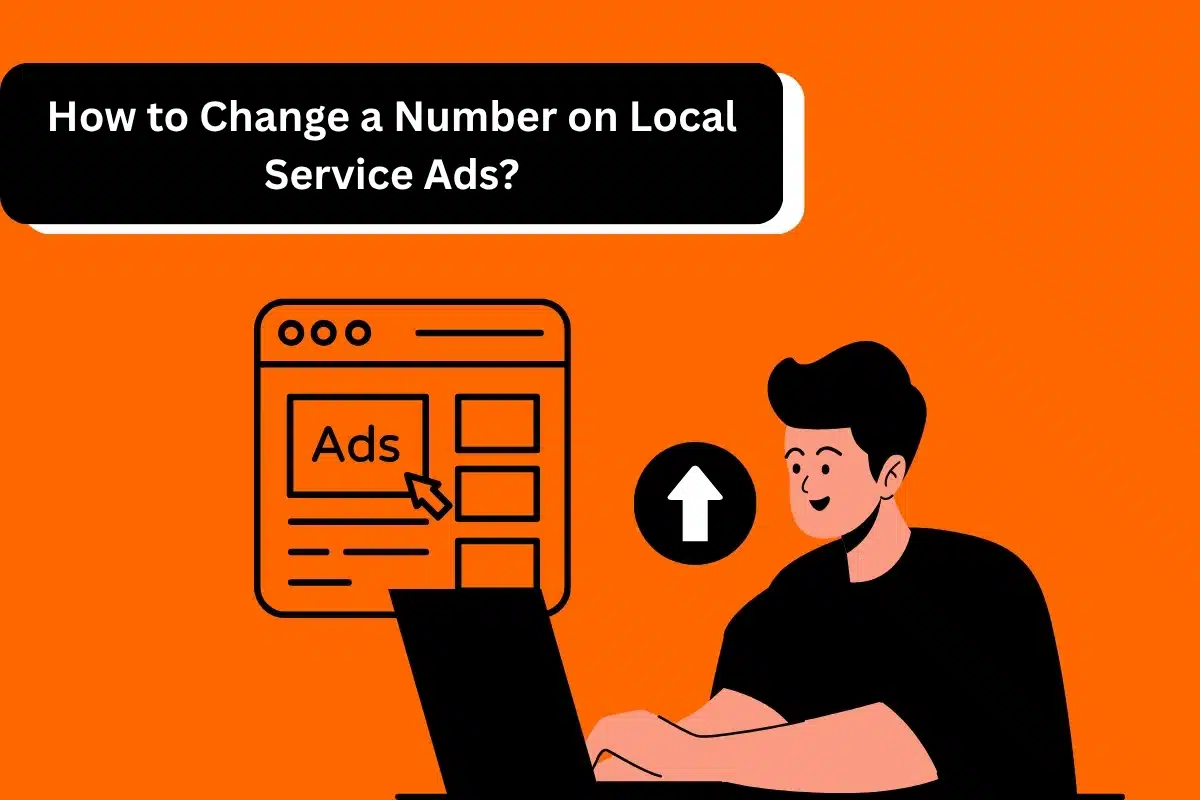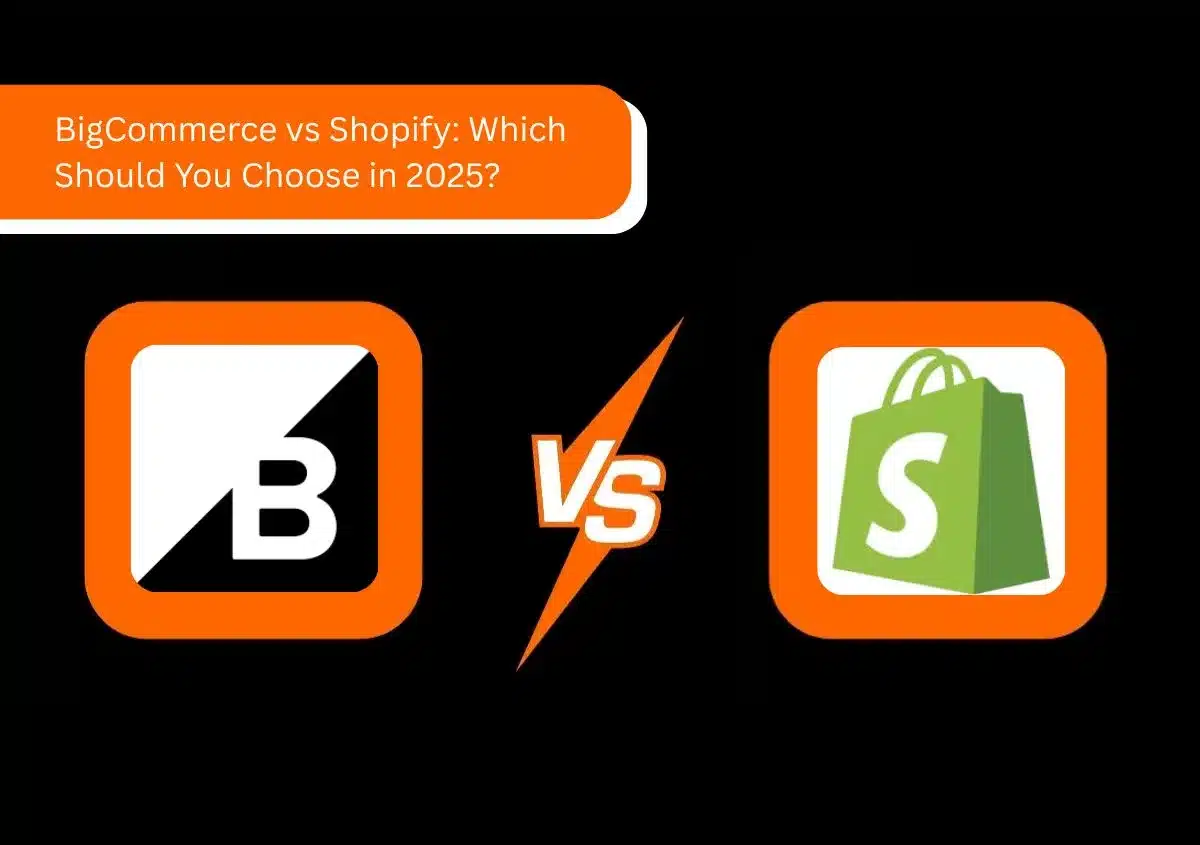Data drives the field of digital marketing. Every activity is tracked, analyzed, and utilized to gather insights for the best outcomes and the highest return on investment.
Google Ads is one of the places where data power is most evident. There are many other aspects to consider, including budgets, ad groups, bid tactics, and keywords. There are also many different knobs and levers to move.
We’ll be looking at conversion value today, which is one of the most significant elements—what it is, why it is significant, how you can make use of it, and more. Let’s get started!
What is Conversion Value?
Depending on the context and the person you’re speaking with, the term “conversion” in digital marketing may refer to several things. This is especially true with Google Ads, where you can monitor every step users take on your website.
Every conversion in a marketing funnel with several stages isn’t made evenly. Certain conversions are more valuable (literally, for e-commerce enterprises) and should be recorded and optimized, while others don’t contribute as much to your business objectives. However, how are you able to accomplish that? This can be done with two simple words—Conversion Value.
So, the conversion value is a number that you provide to particular conversions to represent how it impacts your business.
Businesses that use Google Ads to assess the success of their PPC campaigns should pay close attention to conversion value. It speaks about the monetary value attached to a lead or sale generated by a website action. The calculation of this measure involves dividing the total number of conversions by the total number of clicks or other engagements that an advertisement receives.
Assigning conversion numbers primarily helps with tracking, optimizing, and reporting on return on ad spend (ROAS). You may optimize your conversions by using the target ROAS bid strategy in your campaigns once your conversion numbers are set up.
Setting conversion values also enables you to make more intelligent account-related decisions. You can determine whether keywords, ad groups, and campaigns have a high or poor ROI thanks to the additional layer of visibility. This allows you to see clearly and base judgments on actual ROI data rather than merely average conversion volume and expenses for optimization. Optimizing conversion values through attribution and knowing what criteria to take into account when putting up conversion value rules are crucial for optimizing the ROI.
Why Does Google Ads Conversion Value Matter?
Advertisers can evaluate, manage, and optimize their return on ad spend (ROAS) by giving conversion values to every step a consumer could take on Google Ads.
An advertiser has much more control over their Google Ads strategy when they set conversion values up. This is especially true when it comes to choosing the Target ROAS bidding strategy, which maximizes return for the defined amount of money.
You can gain significantly more insight into your Google Ads performance than you would have otherwise by giving conversion numbers to every detected Google Ads activity. Conversion values provide a prism through which you see the actual worth of each action and component of a campaign, allowing you to determine which areas of investment have the most chance of yielding a profit. Additionally, you may notice your areas of underperformance and decide to either shift your focus to those areas or adopt an alternative, hopefully more successful strategy.
What Factors Need to Be Taken Into Account for Conversion Values?
It is crucial to take into account which conversion actions should be used for bidding optimization when establishing conversion value rules. Automated bidding techniques can be considered. Companies should also think about whether the conversion targets they have set are too high since this might result in the campaign over or under-spending.
Businesses must evaluate the ROI of every campaign to see whether the conversion rates are offering a profitable return. Furthermore, businesses can use attribution models to optimize their operations based on the understanding of how conversion values impact their total return on investment.
What is the Process for Creating Conversion Value?
Depending on whatever step you’re creating, there are two methods to put conversion values:
- While a conversion action is being set up.
- When you want to assign a value to a conversion action that you have set up.
There is a “Value” area if you are currently creating a conversion.

Here, you have the option to assign a consistent value for the particular conversion’s “static values” or various values to represent the “dynamic” variables unique to a certain transaction.
- If the value of every conversion you create is the same, you would choose the static option.
- If there are differences in the values of each transaction, you would utilize the dynamic option.
It is essential to remember that conversion figures will always be shown in the currency of your Google Ads billing account if you conduct business outside of the nation in which you are based. Nonetheless, you have the option to give each conversion’s value a distinct currency.
Static Conversion Value: Just choose “Use the same value for each conversion” to configure a static conversion value.
This is rather simple: The conversion value you set will be displayed each time a conversion occurs as a consequence of your advertisements. Revenue increases with more conversions; after deducting the cost of the ads, you can calculate your return on investment.
Dynamic conversion value: Once you have it set up, this one is quite nice, although it is a little more involved. To set a default value, choose “Use different values for each conversion” and input it.
The tag should then be added to or modified in the website’s code. Ensuring that the page your clients view following conversion is the one you want to use the code snippet on.
Google describes this procedure as follows:
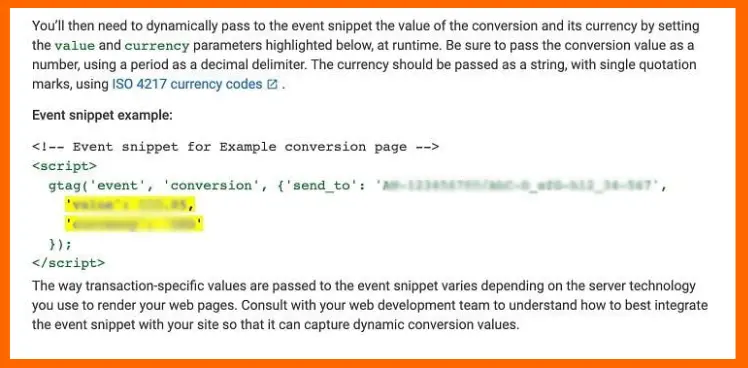
In essence, you’re giving the converter access to the transaction data. This will send that data back to Google AdWords, where your dynamically produced ROAS will appear. To make sure this is done correctly, you might want the assistance of a web developer if you are unfamiliar with modifying code. View the explanation provided by Google for further details.
Choose “Conversions” from the “Tools & Settings” menu if you wish to add a value to an existing conversion.

Once there, click “Edit Settings” after choosing your preferred converter from the list.
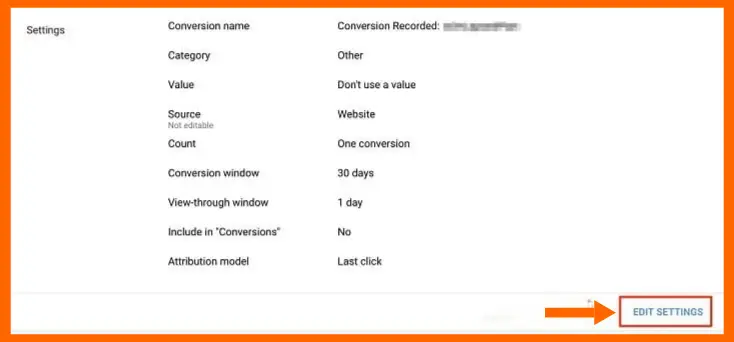
From there, you may assign a value in the same manner as previously described:
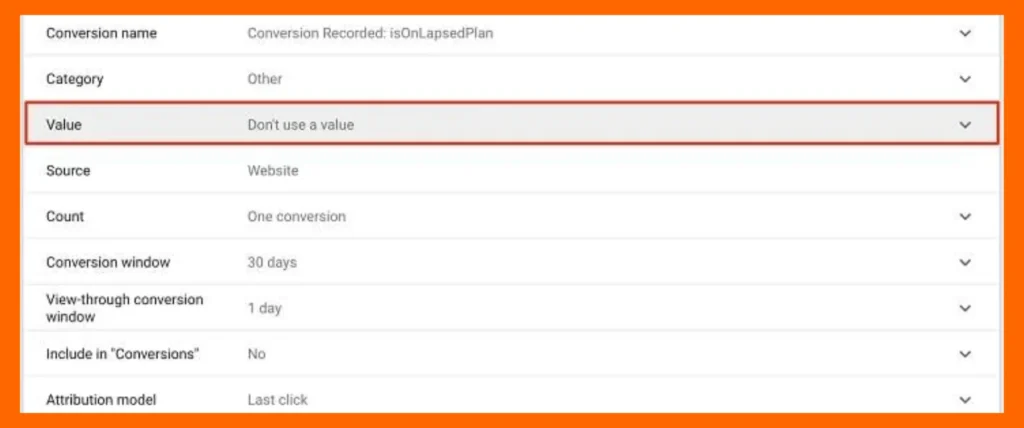
How to Calculate Conversion Value?
Optimizing Google Ads campaigns requires knowing your ads’ conversion values. You can quickly ascertain the amount to bid on each conversion by using a conversion value calculator. It is also possible to create rules that, upon completion of an activity, automatically assign a value, which facilitates tracking and result analysis. Furthermore, attribution models help you comprehend how various campaigns affect total conversion values. Which enables you to develop more thorough optimization tactics.
How Can Google Ads Campaign Conversion Value Be Optimized?
Once the conversion values (dynamic or static) are set up, you could automate the bid strategy to maximize ROAS. Another strategy to ensure your objectives are reached is to set up your bid tactics with ROAS in mind. All you have to do is tick the campaign box on the left, then click “Edit.”
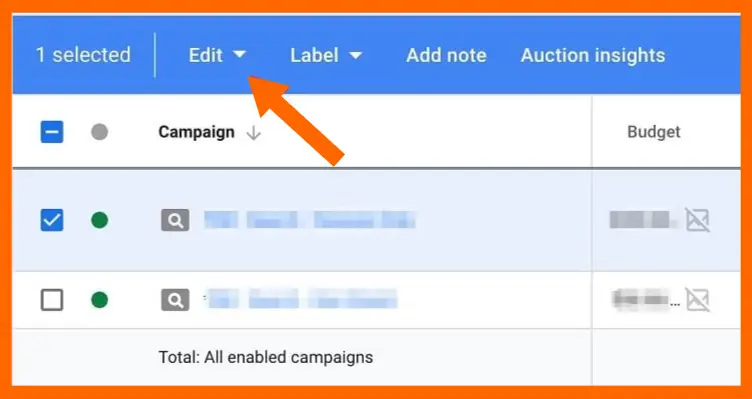
Next, you should choose “Change bid strategy.”
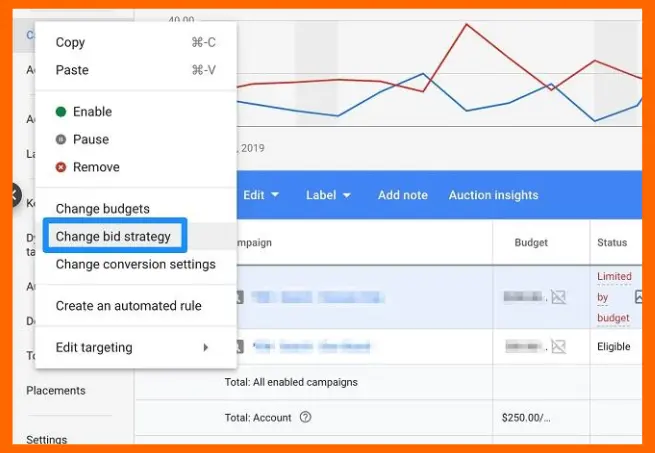
Then, you could select “Target ROAS” from this menu.
Final Thoughts
Conversion value is a very helpful indicator in Google Ads that helps analyze campaign performance and maximize the campaign’s effects. By using conversion value, ROI can be tracked more precisely and gives information on which efforts are yielding the best results. Businesses can improve the return on investment from their ad campaigns by optimizing conversion values by assessing attribution data, putting up conversion value guidelines, and accounting for a range of criteria.
Conversion values determine whether a business makes money with Google Ads or loses money. The management of your account is altered when these settings are established and optimized for what matters most—that is, making more money than you are spending.
We believe that the dynamic conversion values are well worth the effort, even if they could be challenging to apply. To ascertain your account’s total earning potential, assign non-monetary conversion values to your ads that don’t provide a direct monetary benefit. Whatever your goal, you must understand that not all conversions are the same, and your strategy, reporting, and optimizations should take them into account.
Contact our Google Ads Specialist experts at Website Pandas to better understand conversion values.




